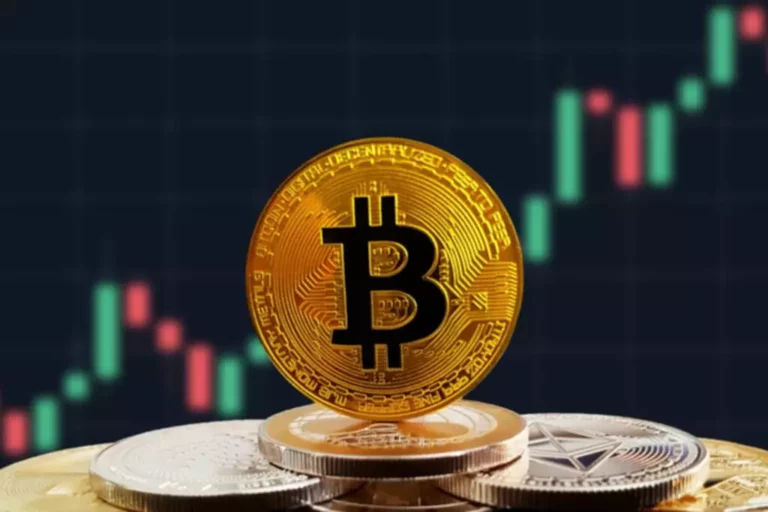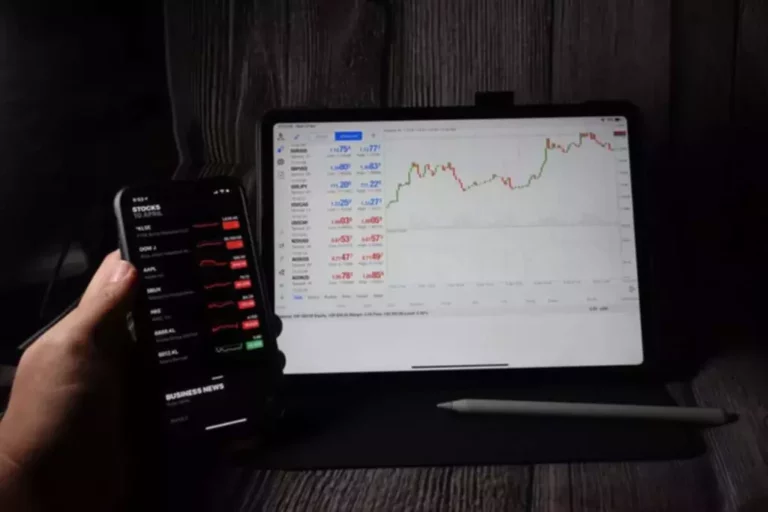Content
In general, it is a good idea to use the average gas price unless you are in a hurry to get your transaction processed. If you are on a tight budget, you can try using the slow gas price, but your transaction may Cryptocurrency exchange take longer to be processed. One way to think about Ethereum gas fees is to consider them in the context of your expected return on investment. If you expect a high return or place high value on an Ethereum transaction, then you may be willing to pay a higher gas fee. But the smart move for cost-conscious investors is to always minimize your gas expenses. Ethereum gas fees exist because operating the Ethereum network uses resources in the form of computational power.
Sign Up and Track Your Live Crypto Portfolio for Free ✨

Your total Ethereum gas fee is determined by adding the base fee to the optional tip and multiplying that sum by the amount of gas used. Here’s a quick guide to Ethereum gas fees, including what they are, what are ethereum gas fees how they’re determined, and why they matter for your crypto portfolio. If the network is busy, users must set a higher priority fee to ensure faster confirmation. Wallets often suggest optimal fees automatically, but users can manually adjust them based on real-time network conditions.
Today’s ETH Gas For Popular Transactions
You might already be familiar with the importance of minimizing fees as a mutual fund investor or a stock trader. So, even a seemingly small fee can have a compounding effect on https://www.xcritical.com/ the overall performance of your portfolio. Stock traders who frequently buy and sell shares can lose money on brokerage fees, and crypto traders can be caught by surprise by high gas prices. The fast, average, and slow gas prices are estimates of how much you need to pay to get your transaction processed quickly. The higher the gas price, the faster your transaction will be processed. However, higher gas prices also mean that you will pay more in fees.
How can I estimate the gas price for my transaction?
Ethereum gas is the fuel that powers transactions on the Ethereum network. The author has not received compensation for writing this article, other than from FXStreet. Smart contracts are publicly verifiable codes that automates agreements between two or more parties. Basically, these codes self-execute encoded actions when predetermined conditions are met. On the upside, ETH risks seeing a rejection near the resistance of a descending trendline that extends from December. A breakout above the descending trendline resistance could send ETH toward the resistance level near $4,093, which has held for nearly ten months.
Ethereum Price Forecast: ETH set for rally as its Foundation allocates 50,000 ETH to DeFi
The second phase, code-named Fusaka, will be next in line after Pectra goes live. Ethereum (ETH) traded above $3,400 on Friday following core developers’ decision to roll out the Pectra upgrade in March. Meanwhile, ETH is looking to overcome the resistance near a key descending trendline that extends from mid-December. If your gas limit is too high, you will be charged for more gas than your transaction actually requires. Using our gas tracking tool can help confirm real-time fee trends before submitting a transaction.
The gas limit is the maximum amount of gas miners are authorized to consume to complete a transaction. On Ethereum, gas is a unit of measurement that represents the computational effort required to complete a transaction on the network. It is the fuel you must buy to incentivize miners to add your transaction to a block. Read our ETH Gas 101 article for a comprehensive overview of ETH gas, gas pricing, and the challenges of estimating gas. Ethereum is a public decentralized blockchain technology, where developers can build and deploy applications that function without the need for a central authority.
By monitoring mempool data, Blocknative users can accurately set their max priority fee to increase the chances that their transaction is confirmed as fast as possible. Ethereum gas fees fluctuate based on network congestion, meaning timing your transactions strategically can save costs. Historical data shows that off-peak hours tend to have lower fees, especially when fewer users compete for block space. If network usage is low, then validators wishing to add blocks to the chain are likely to accept low tips. The constant change in network congestion creates continuous volatility for Ethereum gas fees.
- A common cause of an Ethereum transaction fees spike is a highly anticipated NFT release.
- As a user, this is shown as a base fee (required) and a priority fee (optional).
- Gas is the unit for measuring transaction fees that users pay for conducting transactions on Ethereum.
- The same principle of compounding fees applies to Ethereum gas fees and their potential overall effect on your crypto portfolio.
ETH Gas Tracker helps you discover how gas works, why it matters and help you set optimal gas fees to use the Ethereum network more efficiently. Get real-time gas prices, historical data, and average fees to time your transactions and save money. Ethereum Gas Tracker is the best way to track gas prices and provides an API for developers to integrate gas data into their applications. Ethereum fees are high when the network experiences a rapid spike in demand for getting transactions submitted on-chain.

To mitigate high costs, Layer-2 solutions like Arbitrum and Optimism process transactions off-chain before settling on Ethereum, improving efficiency and scalability. Luckily you’re already on the right track just by reading this high-level overview of gas fees and how they work. If you’re transacting in ETH, be sure to monitor current gas fees and be relatively certain what the all-in (gas included) price will be. If you’ve ever paid a toll on a highway, then you already know something about Ethereum gas fees. Ethereum gas fees are like paying a “toll” to use the Ethereum blockchain.
As a user, this is shown as a base fee (required) and a priority fee (optional). Together they can help incentivize validators to include your transaction. Validators select transactions based on the price the sender is willing to pay. The required base fee is dynamically adjusted by the network, based on activity and block utilization. There is no use in setting a higher base fee than the current network activity, as any excess will be burned (EIP-1559). It is recommended to verify the base fee of the current, and pending block to adjust your gas price accordingly.

Since Ethereum’s EIP-1559 upgrade, the base fee is burned, permanently reducing ETH supply. When network activity is high, more ETH is burned than issued to validators, contributing to Ethereum’s deflationary mechanics, which can influence long-term price dynamics. A private note (up to 100 characters) can be saved and is useful for transaction tracking.
Each transaction consumes gas units based on its complexity and computational requirements. Gas is the unit for measuring transaction fees that users pay for conducting transactions on Ethereum. During periods of network congestion, gas can be extremely high, causing validators to prioritize transactions based on their fees. EIP-1559 added complexity to the Ethereum gas fee marketplace compared to the previous first-priced auction system.
Highway tollbooths may be operated by one person, but the Ethereum blockchain involves many decentralized operators. If your gas limit is too low, your transaction will be dropped from the network. This means that your transaction will not be processed and you will not be charged any gas fees. However, you will need to resubmit your transaction with a higher gas limit. Fees consist of a base fee, which adjusts with network demand and is burned, and a priority fee (tip), which incentivizes validators.
You can incentivize validators by providing an optional tip, called priority fee. Transactions with higher priority fees are more likely to be included. Ethereum gas is what users pay to process transactions or use smart contracts on the Ethereum network. Ethereum gas is denominated in gwei, short for gigawei, with one gwei equal to one billionth of an ETH. Ethereum gas fees can only be paid in Ethereum’s native token, Ether (ETH). Ethereum gas fees are the costs of executing transactions and smart contracts on the network.
Để lại một bình luận